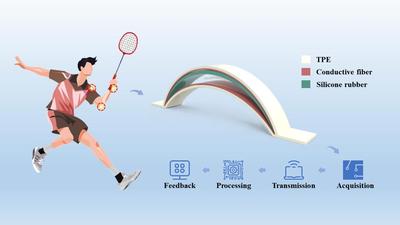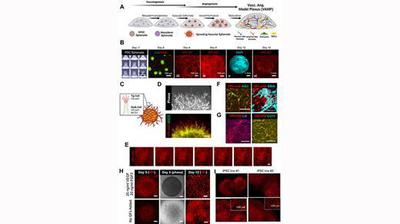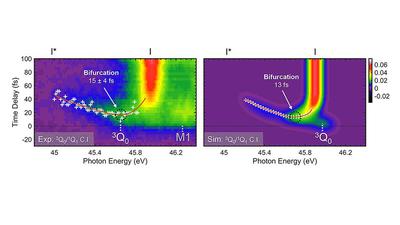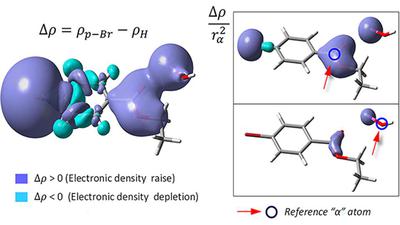
Using ejecta measurement simulations to predict real-life results
Subjecting a metal to a severe impact can produce a cloud of small, fast particles, called ejecta. Studying ejecta and the size-velocity distribution of these particles offers valuable insight into matter’s properties at rest, along with information related to the forces and effects of collisions in many applications, such as geological history, crater formation, and disaster preparedness.
Mie-scattering and holograph...







